Beginning of Spring
You know Spring has arrived in the desert when the bats come out of hibernation and begin flying around. Through the winter, only a few stalwart birds are in the air. Perhaps even the local Bald Eagle who will soon migrate north. But when Spring arrives, the first few tentative Western Pipistrelle Bats come out. Soon the sky is filled with them everywhere you look, eating bugs they catch in flight.
Swiftly and silently, but with clear determination, they dart around, changing direction instantly when a bug is located. We do not sense their sounds, but they do use high-pitched echo location to find their prey. I wonder what it must sound like to a bat. Just think how many bugs there would be without the bats.
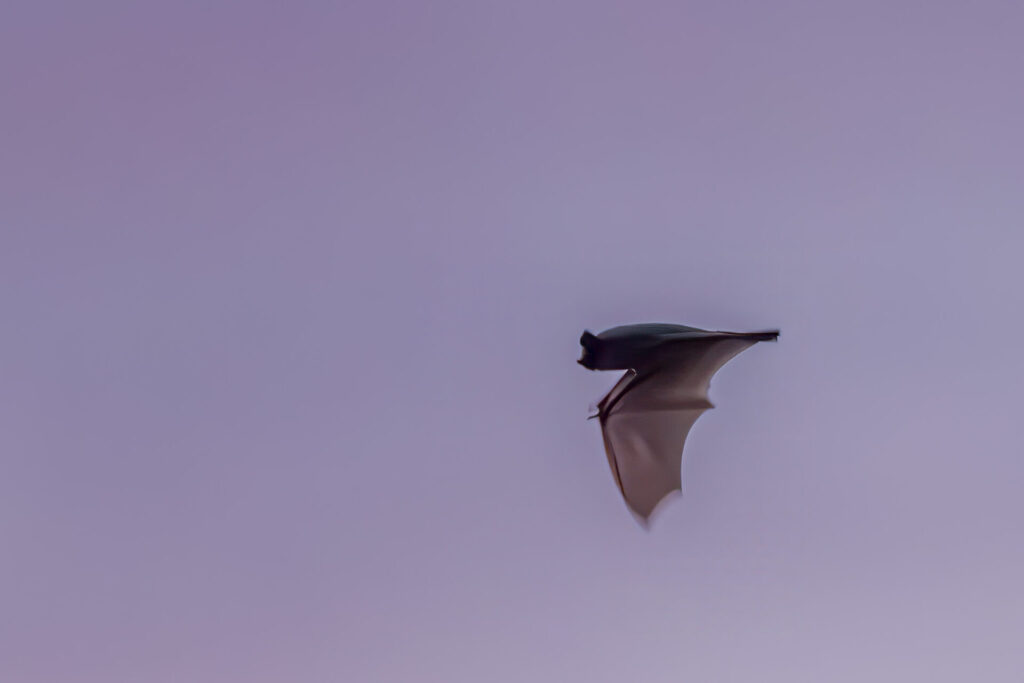
Early Spring
In early Spring, the Western Redbuds are the first flowers to come out. The brilliant magenta flower petals looking so beautiful against the red rocks.
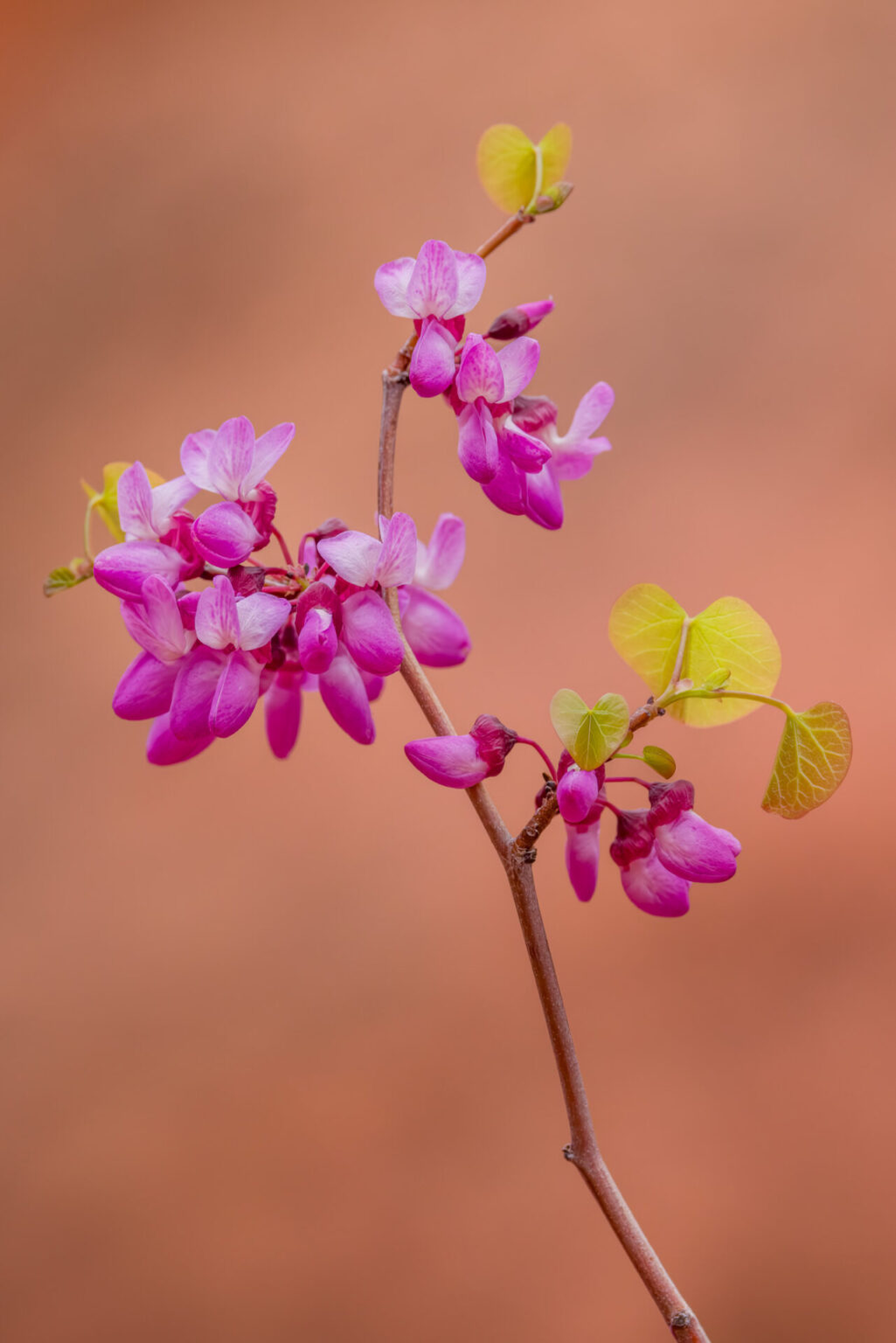
A Crissal Thrasher digs into the soft sand in a wash below the red cliffs. For perhaps a minute, he alternates sticking his long, curved beak deep into the sand, reaching for something, then digging some more. Sometimes he even sticks his whole head as far as it will go, determined to get whatever it is he has found. What is he digging for?
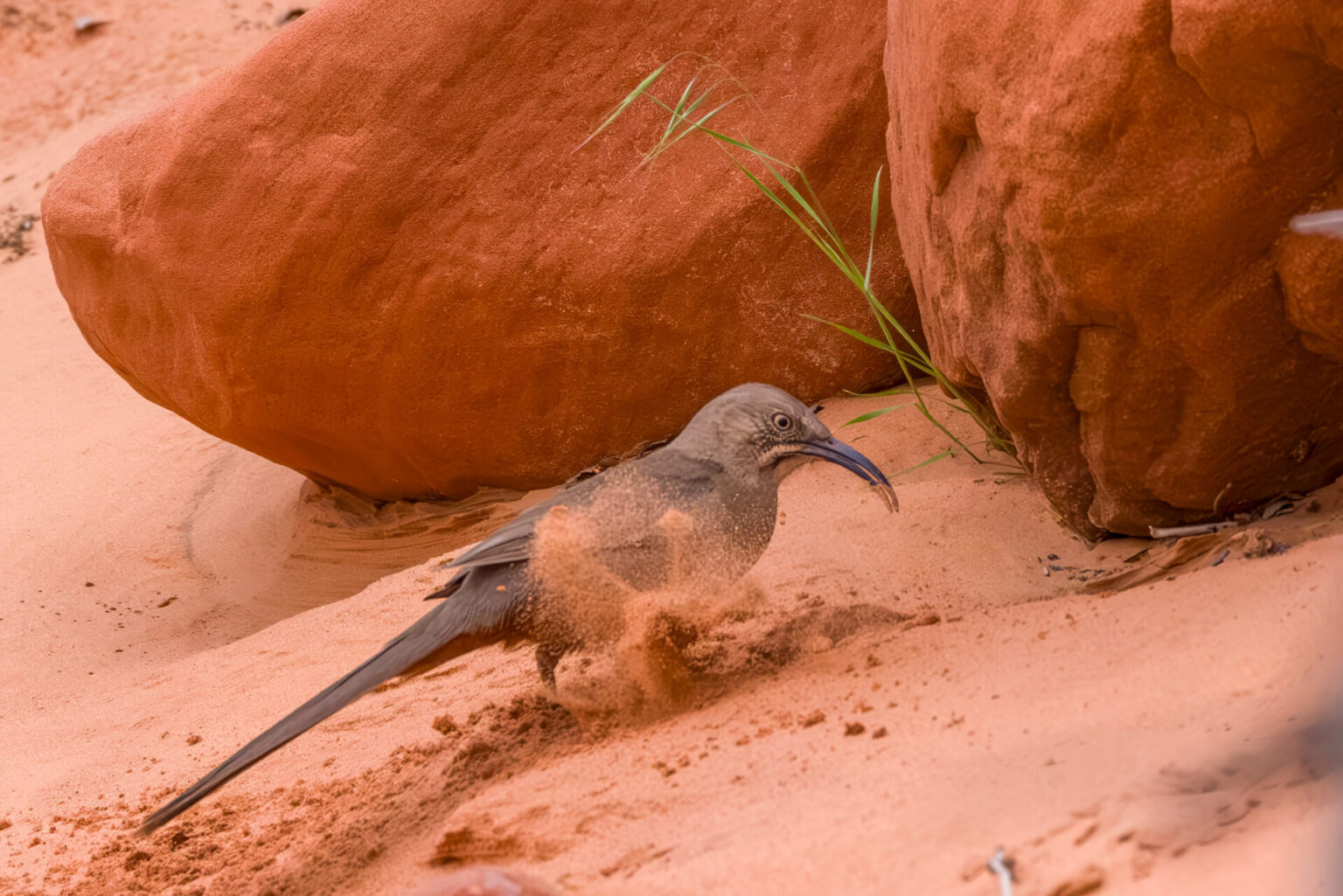
Finally, he has dug deep enough to get what he was after, pulling the unidentified creature out of the sand. It looks like it will make a great meal today. Too bad I can’t quite identify what it was.
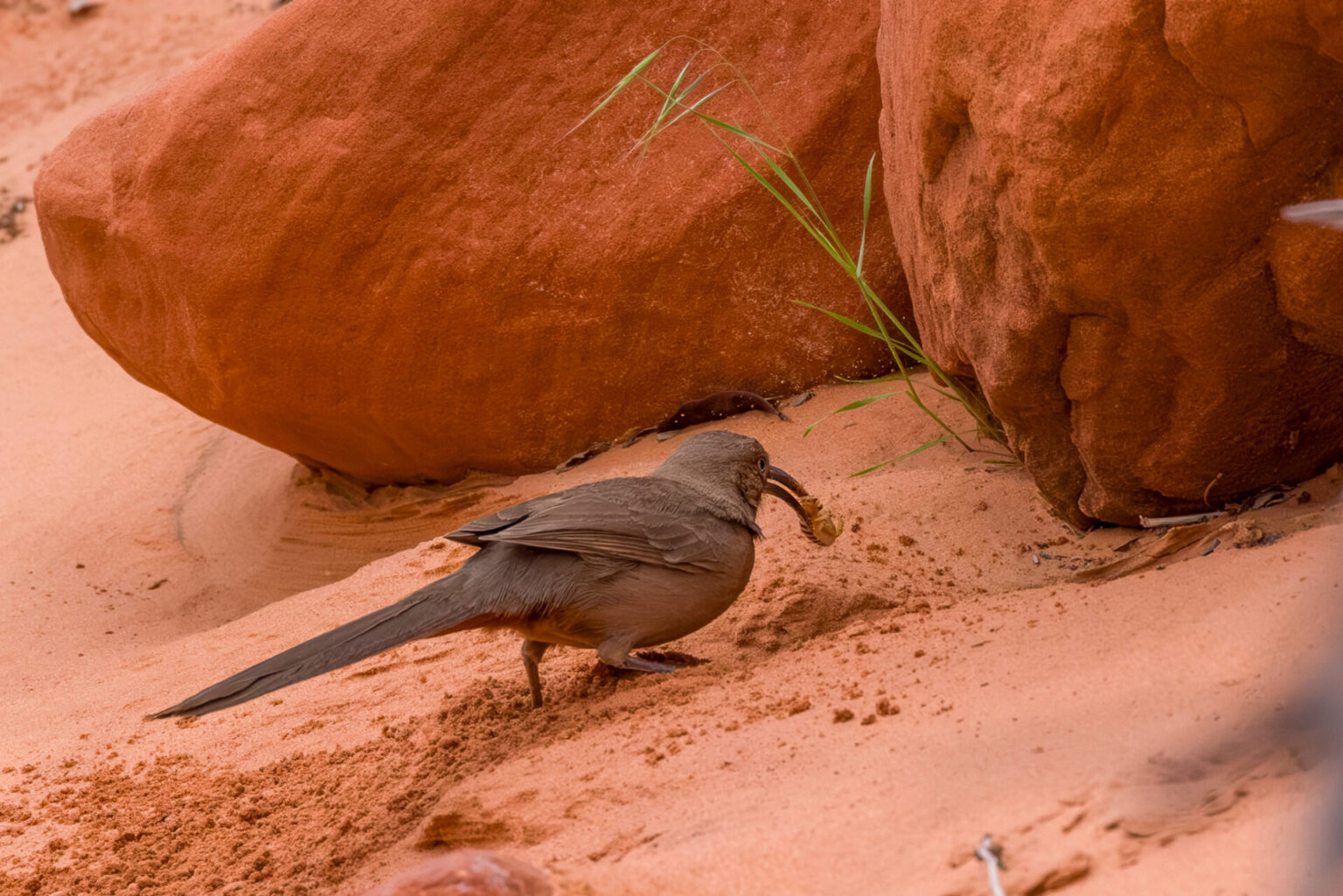
A Golden Eagle soars around the red cliffs high up in the air. Silently he circles over and over until finally, he disappears way up above the tops of the cliffs.
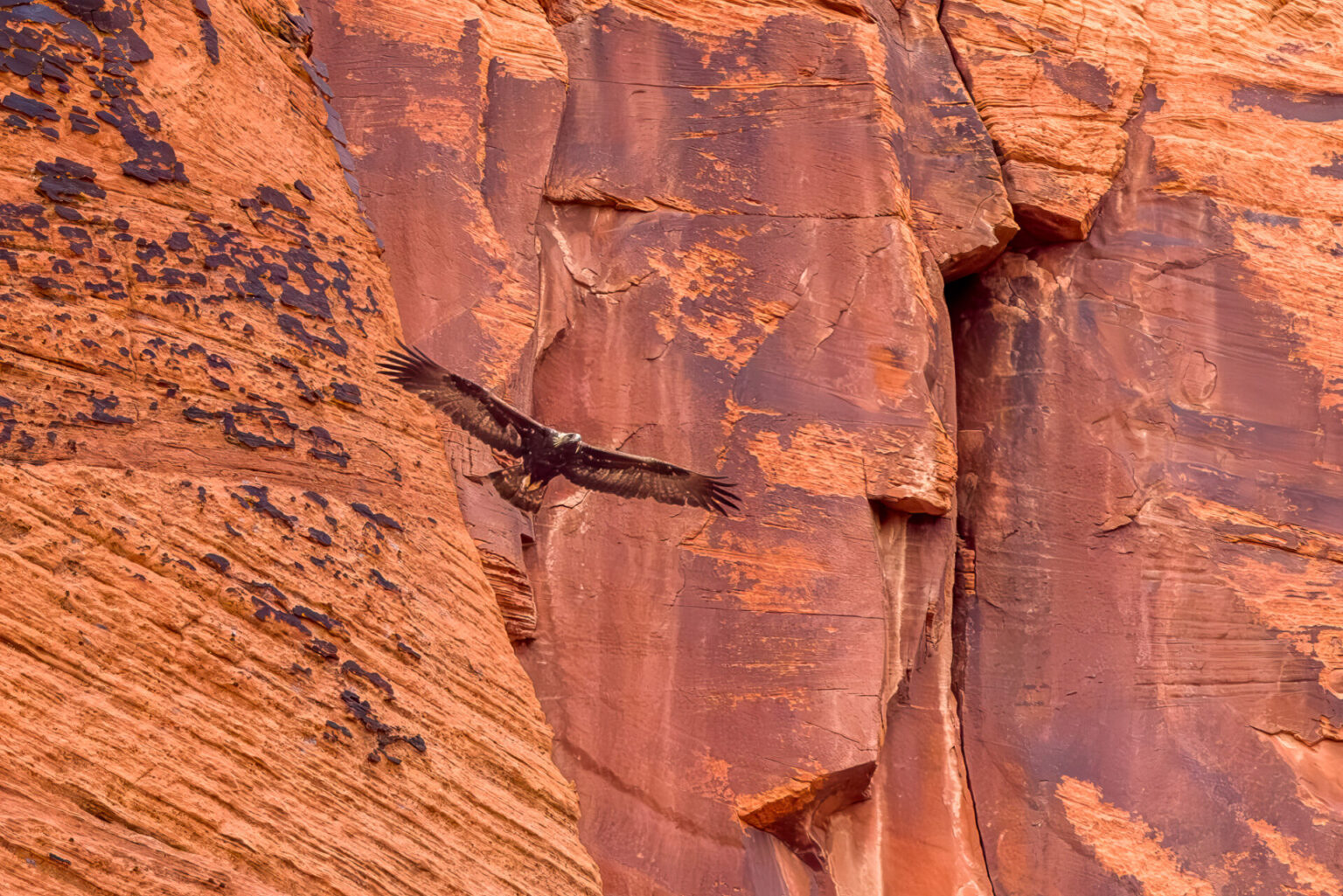
Mid-Spring
By May, more animals get into the swing of things. The migratory birds have arrived (see my blog posts about the St. George Bird Fest). Below, a Verdin flies out from a nest it made in a Cholla cactus. The two parents repeatedly flew into the nest bringing food to hungry chicks. Sometimes they also carried things out, as in the photo below. Part of an eggshell perhaps?
They would carry on all day. It was impossible to observe the chicks in the nest, but every time the parents would return, excited little cheeping noises would emanate from the nest.
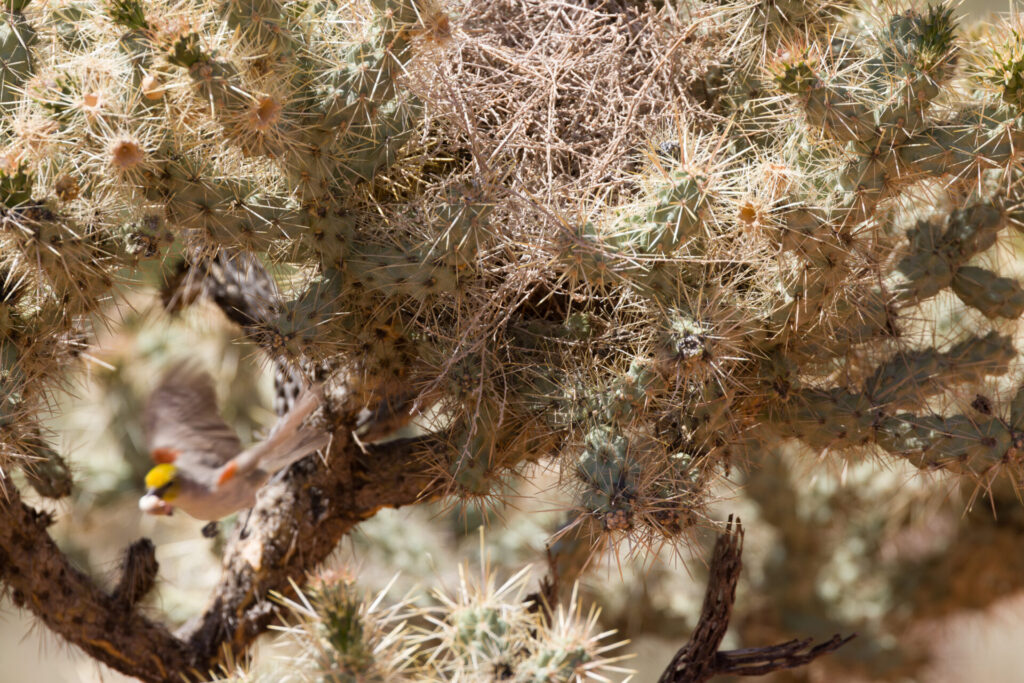
Lizards also come out and begin displaying for mates, like this Yellow-backed Spiny Lizard with its display colors showing brightly. It would bob up and down as lizards do, showing off to potential mates as well as telling other males to stay away.

A Costa’s Hummingbird appears in full breeding colors, with its impressive, flared gorget flashing purple in the sunlight. Sometimes it would perch on the branch of a Creosote Bush. Other times it would be looking for flowers to drink nectar from.
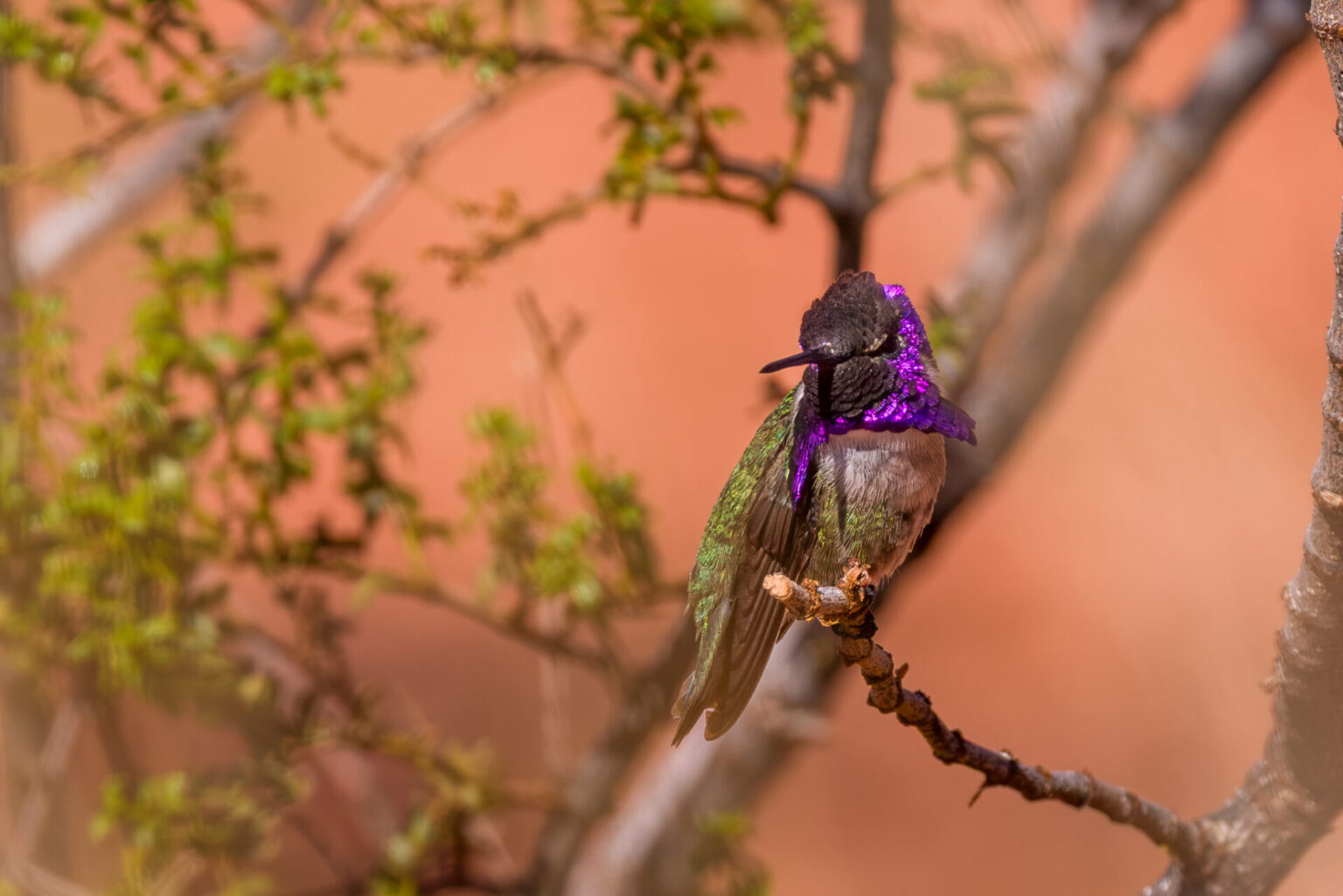
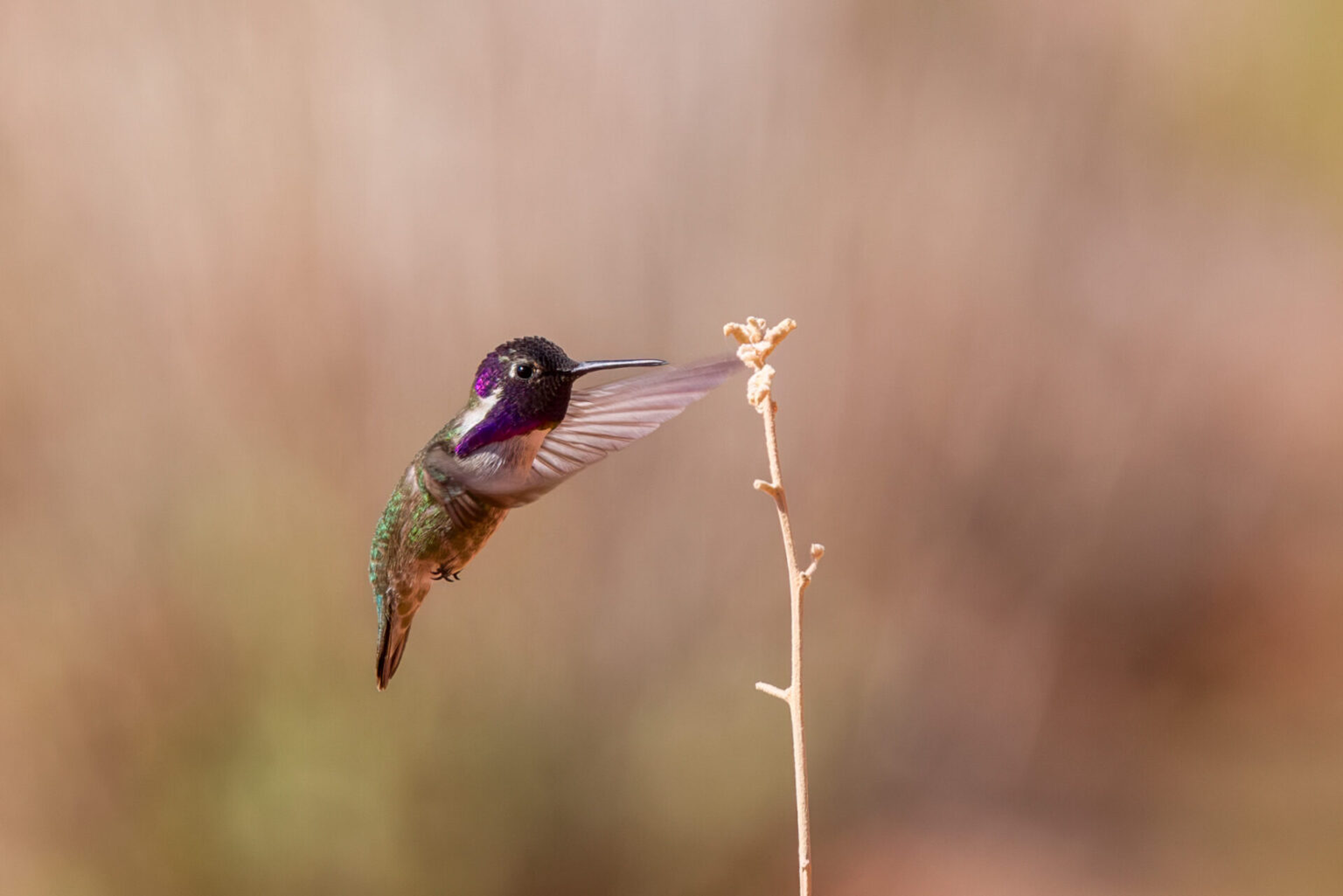
A Western Kingbird hangs out in a Creosote Bush surveying its surroundings. Being a type of flycatcher, it looks for flying insects to catch from its perch.
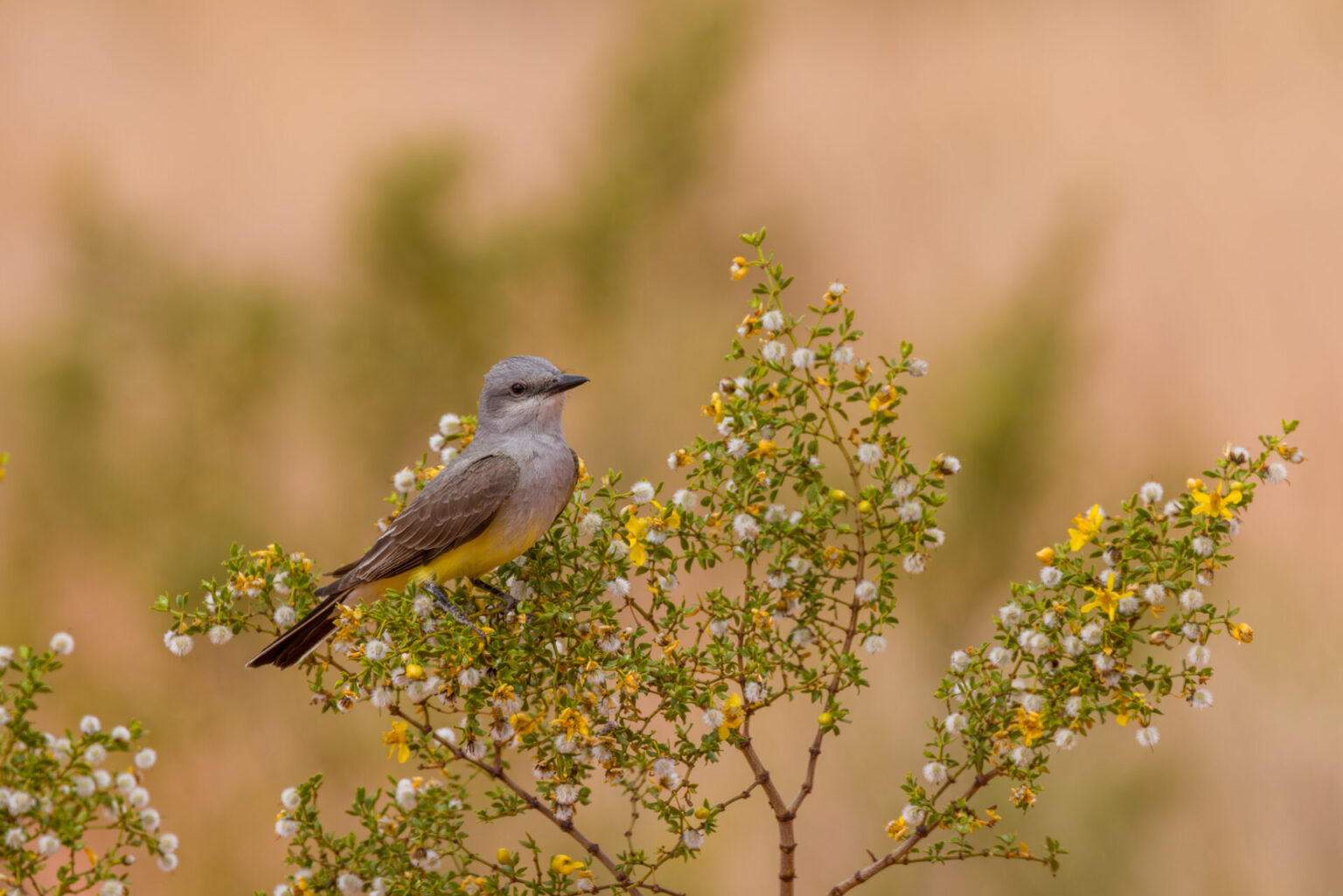
Insects, such as this Mormon Metalmark butterfly also come out and feed on the nectar of new flowers that Spring has brought.

Antelope Ground Squirrels are out too. They are gone almost as quickly as they are seen. Because they make tempting targets for many hungry animals, they always need to be alert. Here is one up in a bush watching. While they don’t actually have designated sentries, if he spots danger, he will give out alarm calls to warn others.
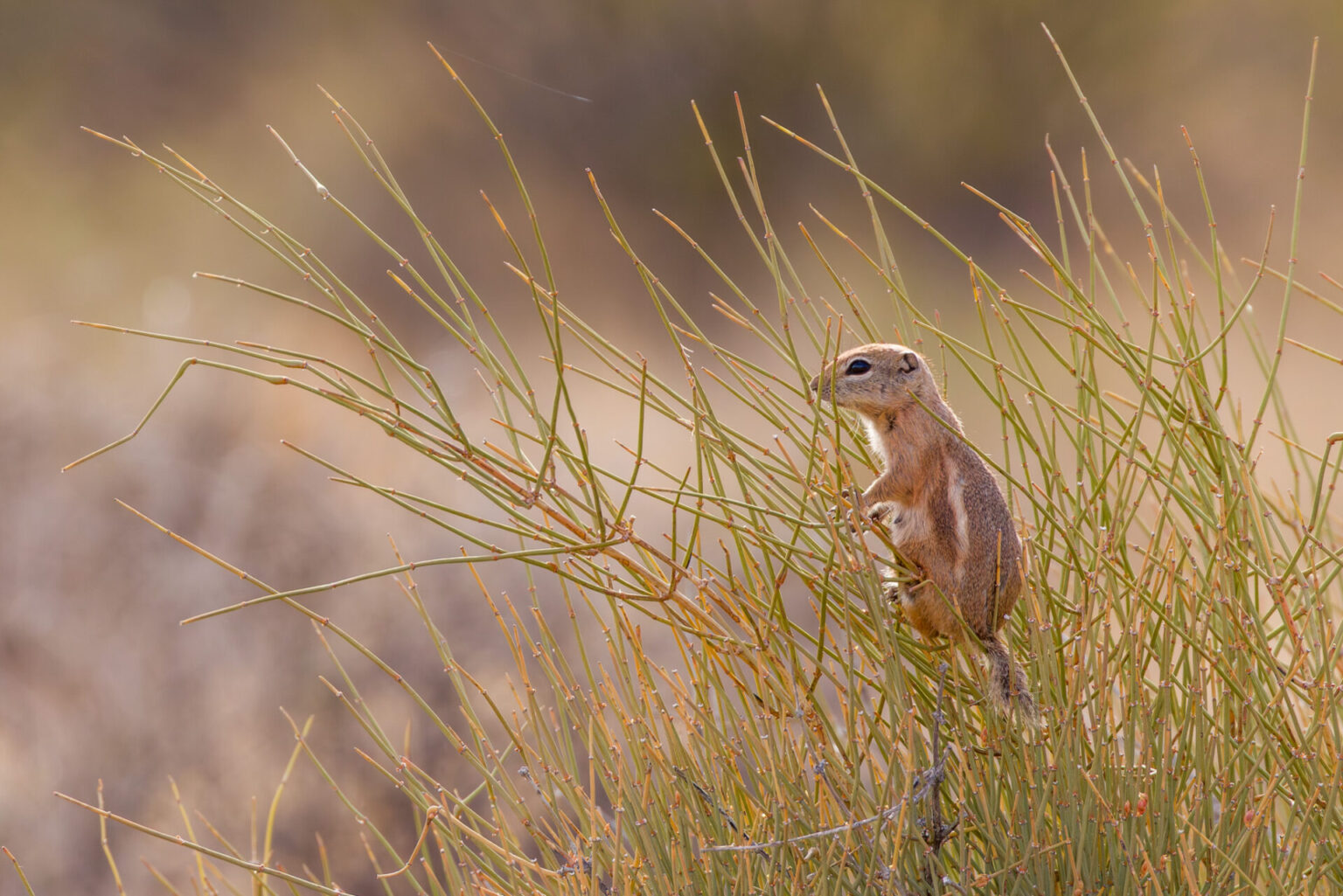
A Desert Spiny Lizard likes to hang out on our walls. When they do this, they remind me of Ninjas with their uncanny ability to hang so effortlessly on the vertical walls. On the outside walls, however, is far better than being inside the house. This Spring so far, there were both a Desert Spiny and a Whiptail Lizard inside our house which had to be captured and set free.
That is still better than a few weeks ago when I was camping in Bryce Canyon. I got a late-night call from my wife screaming about a California Kingsnake that had gotten in the house. Fortunately, I was able to talk her through opening the front door so it could escape on its own. You can read her harrowing tale about the Kingsnake here. It is important to note, however, that none of these animals are actually dangerous to humans and are actually beneficial to have around (outside at least).
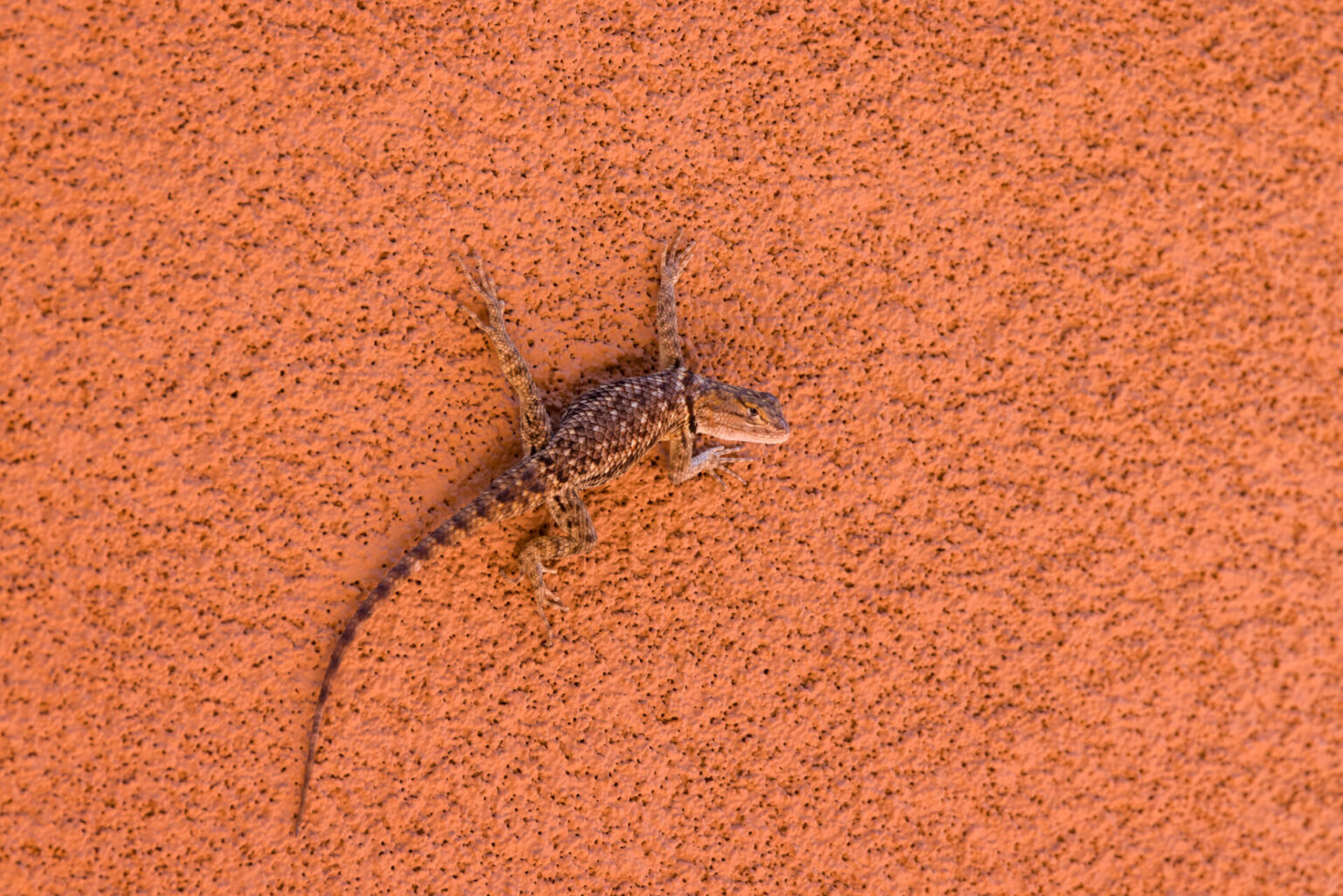
Time For Creating New LIfe
Spring is also the time for mating and beginning the process of making new life. Mojave Desert Tortoises have come out of their burrows where they hibernate for the winter. The two tortoises in the photo below are mating. Sometime later, the female will lay her eggs, and the baby tortoises will emerge from the eggs in the fall.
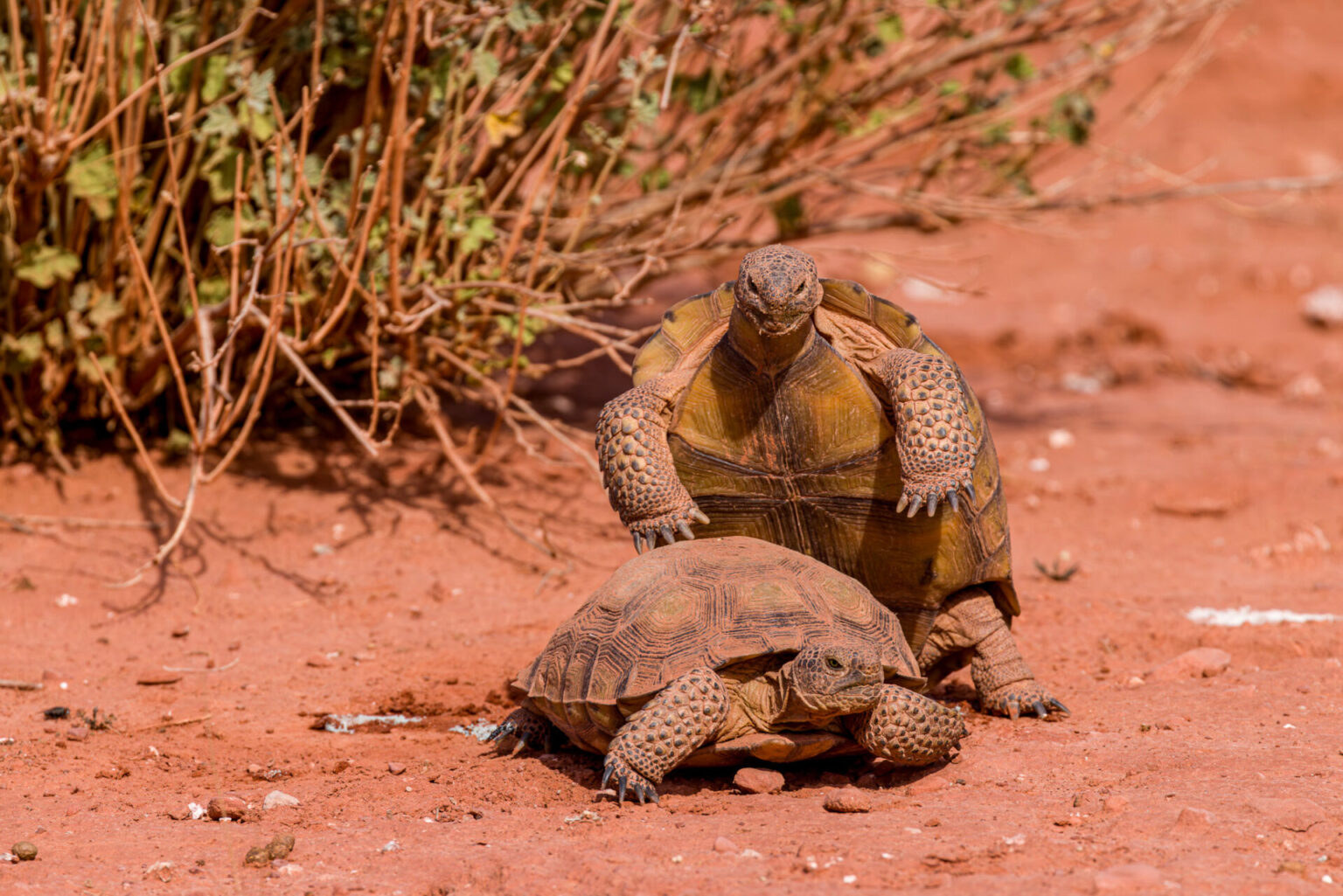
A very young Mojave Desert Tortoise has also come out from hibernation and is busy looking for food to fill its hungry belly. This individual is less than 2 inches long and was likely born last fall. Soon after, it would have gone into hibernation for the winter only to emerge just recently.
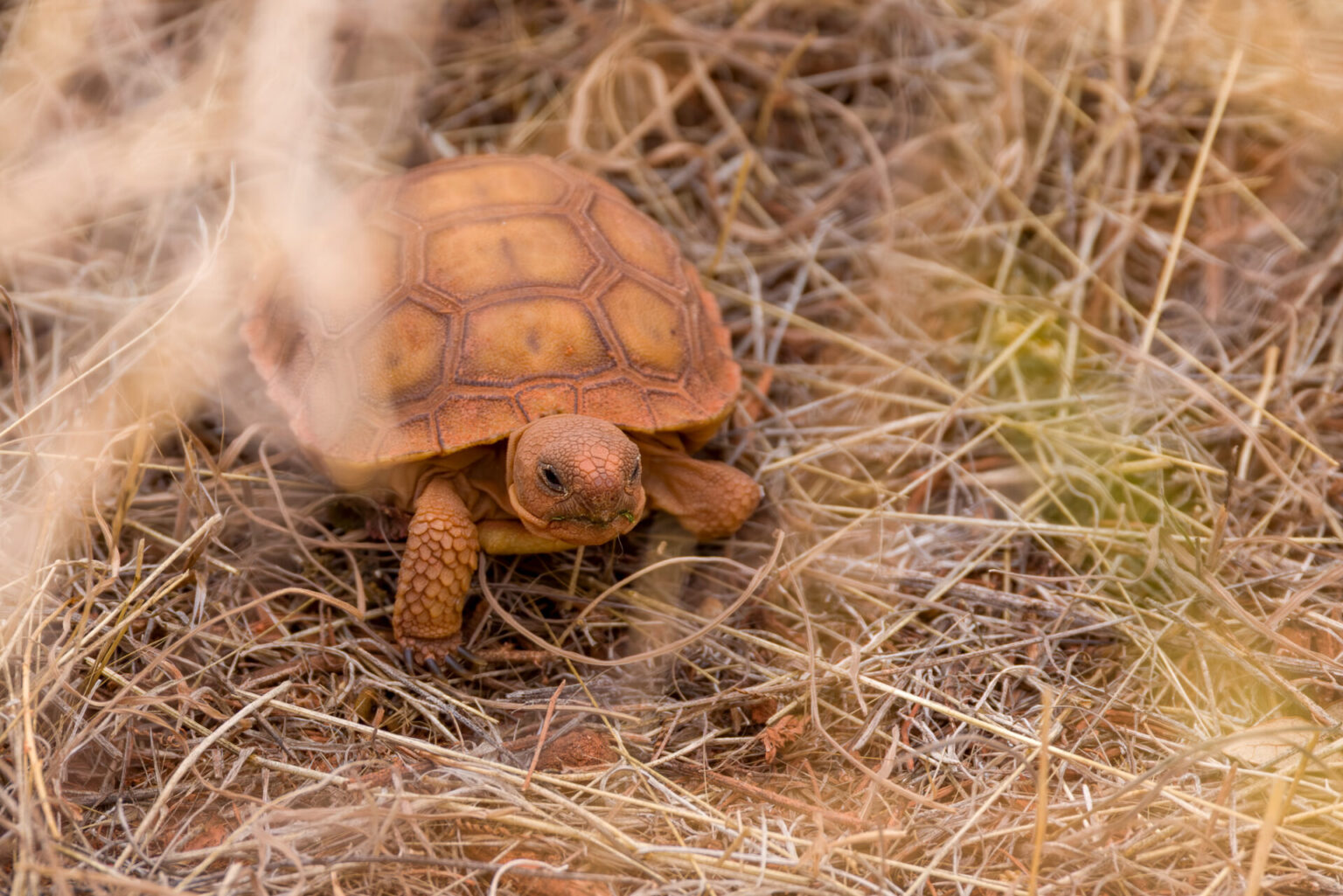
Feeding Chicks
With hungry chicks back at the nest, parents spend almost all their time catching food for the hungry ones. This spring, a pair of Lucy’s Warblers moved into a bird house outside our house. This bird house was somewhat special to me because my son and I made it together for a school project way back when he was in Jr. High. So, it made me so happy to see these birds using it all these years later.

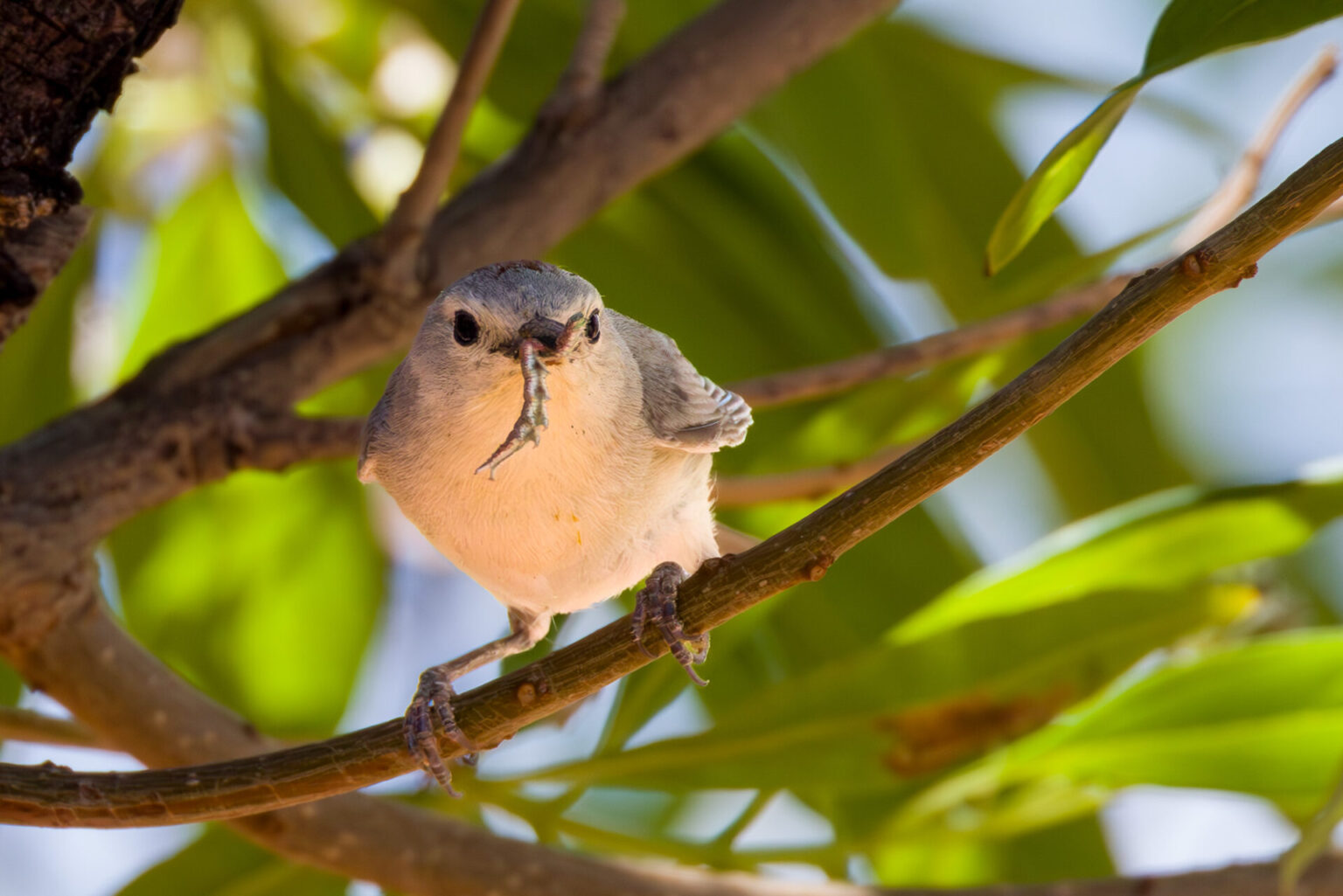
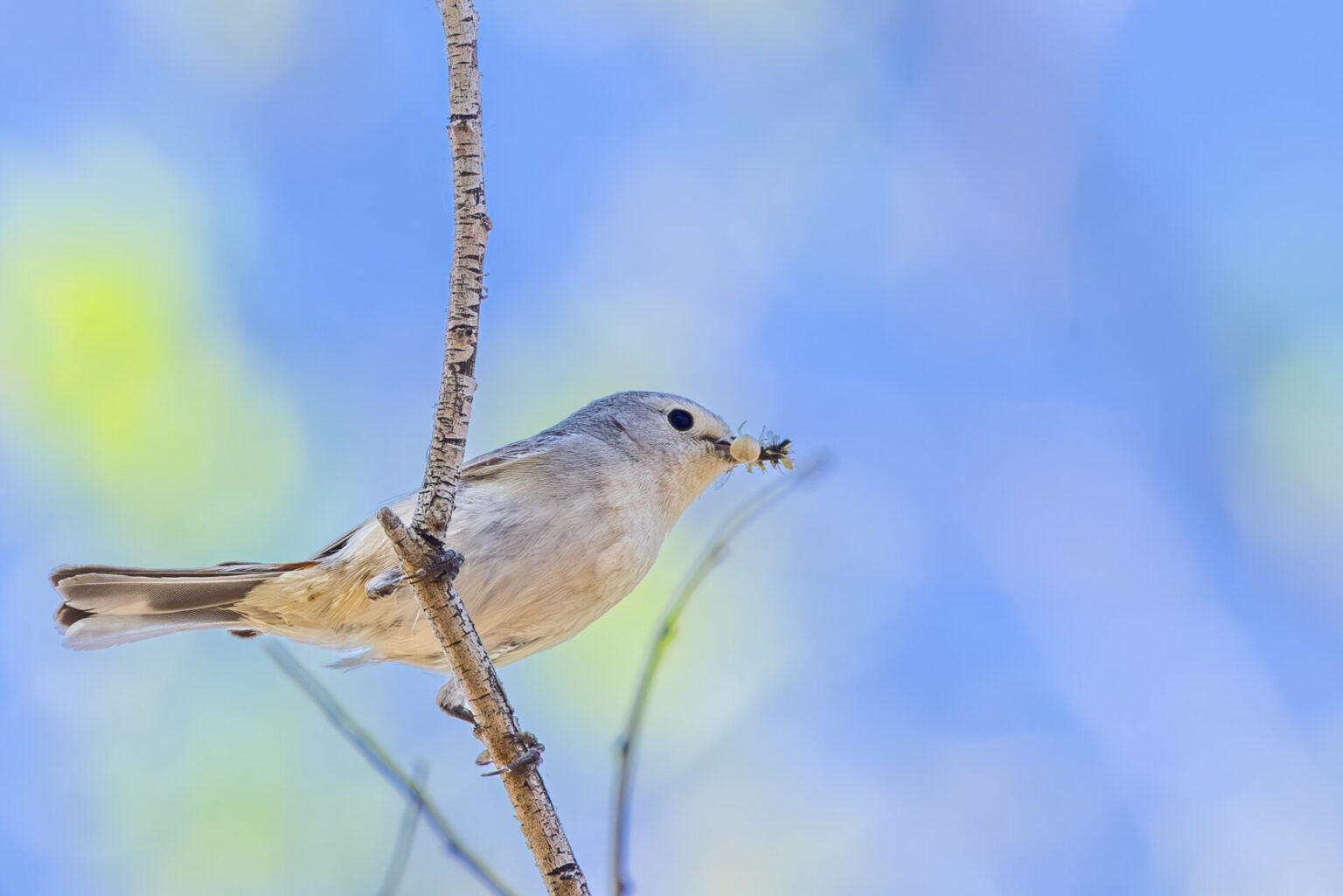
Fledglings
When chicks fledge, one might think the parent’s job is over. But just like for humans after the toddler years, the parents continue to feed the children like this House Finch parent is doing. Despite the fledgling being pretty much fully grown, it still needs to be fed.
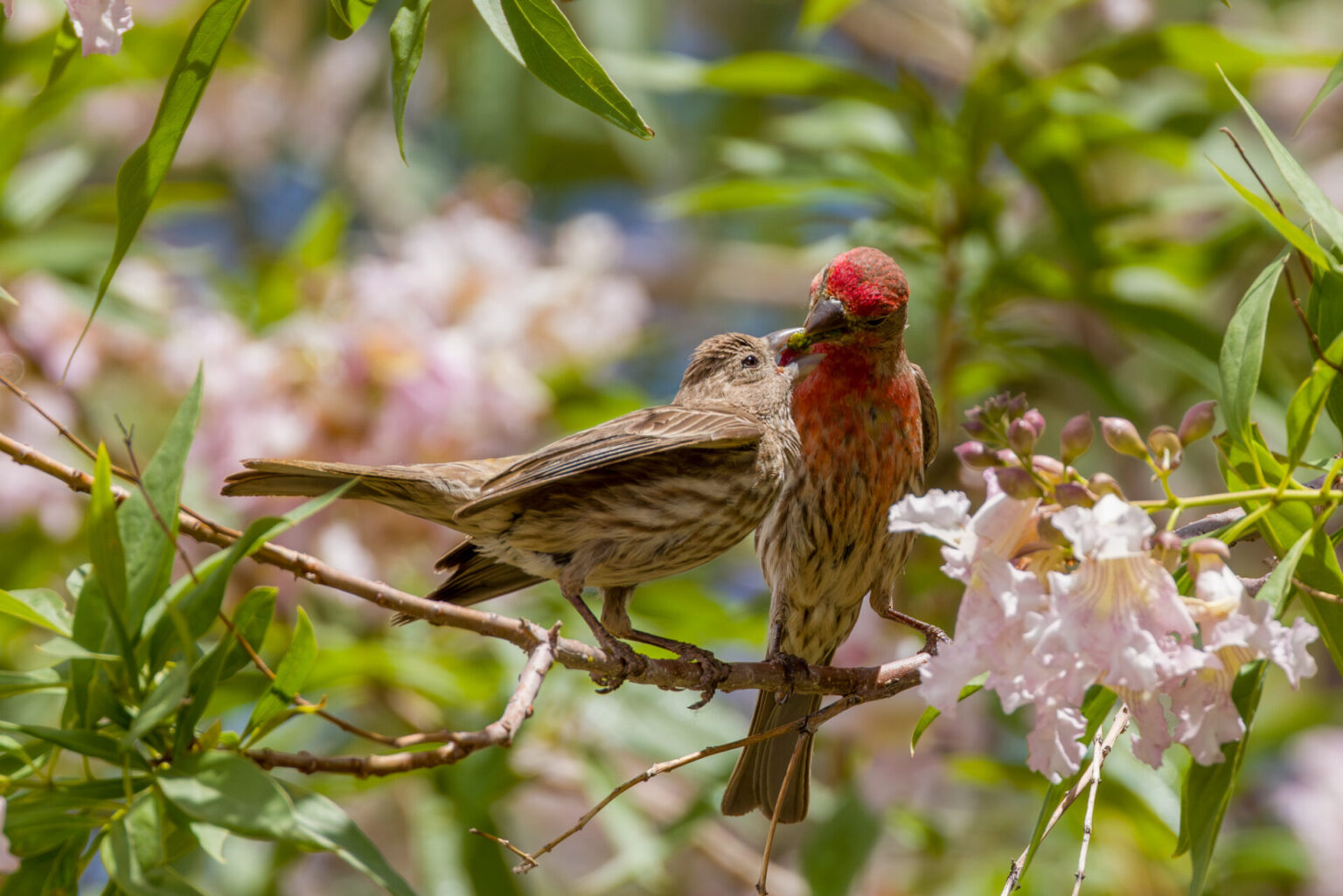
Some Verdin fledglings, are now out of the nest and still chirping for food from the parents. Peep, peep, peep is the constant call.
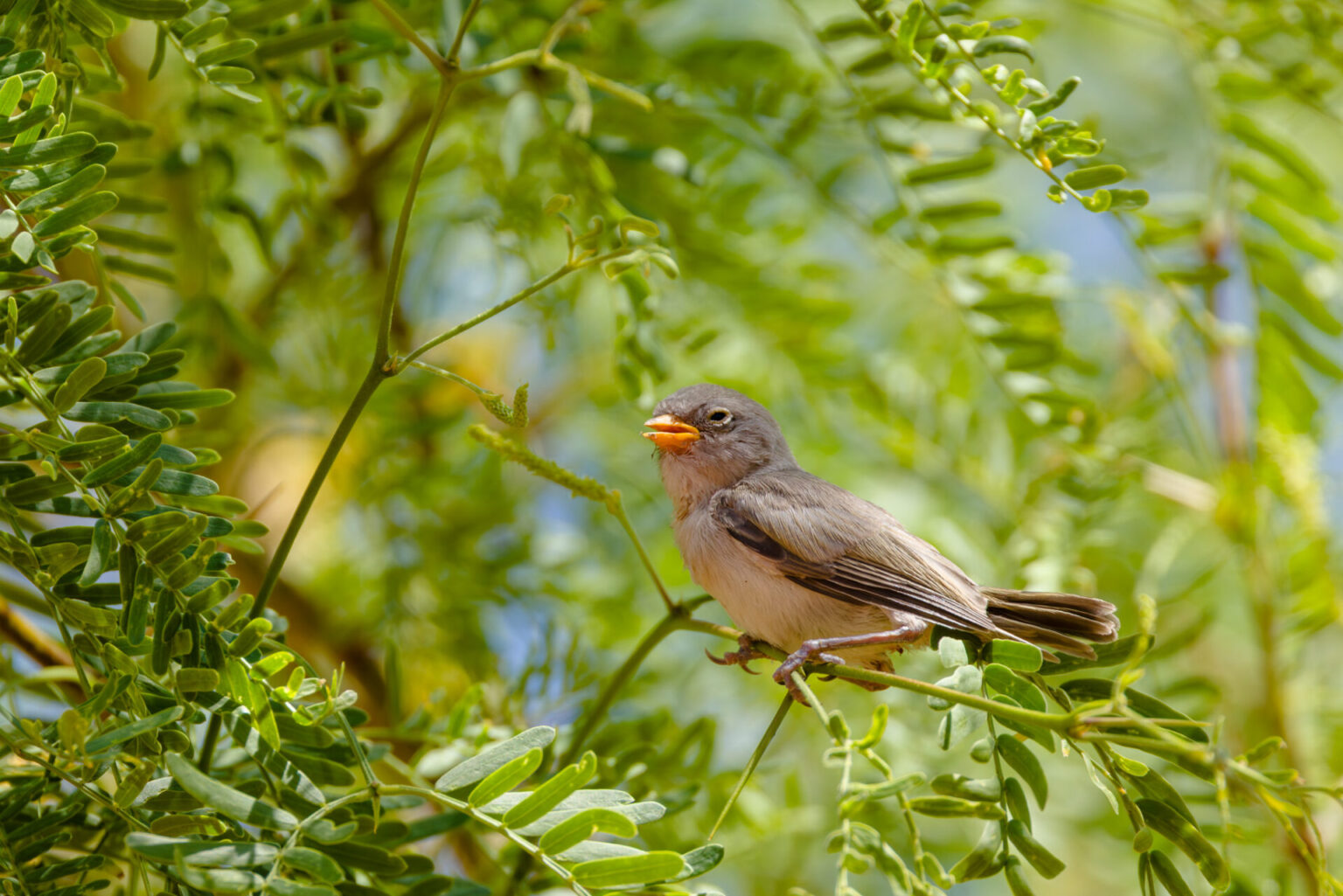
Summer Approaches
As summer approaches, however, temperatures begin to climb in the desert and many animals begin to seek shelter from the hot sun. When the temperature climbs above 80 degrees, Tortoises decide it is time to get out of the full sun. Below, one is chilling in the shade of its burrow’s opening.
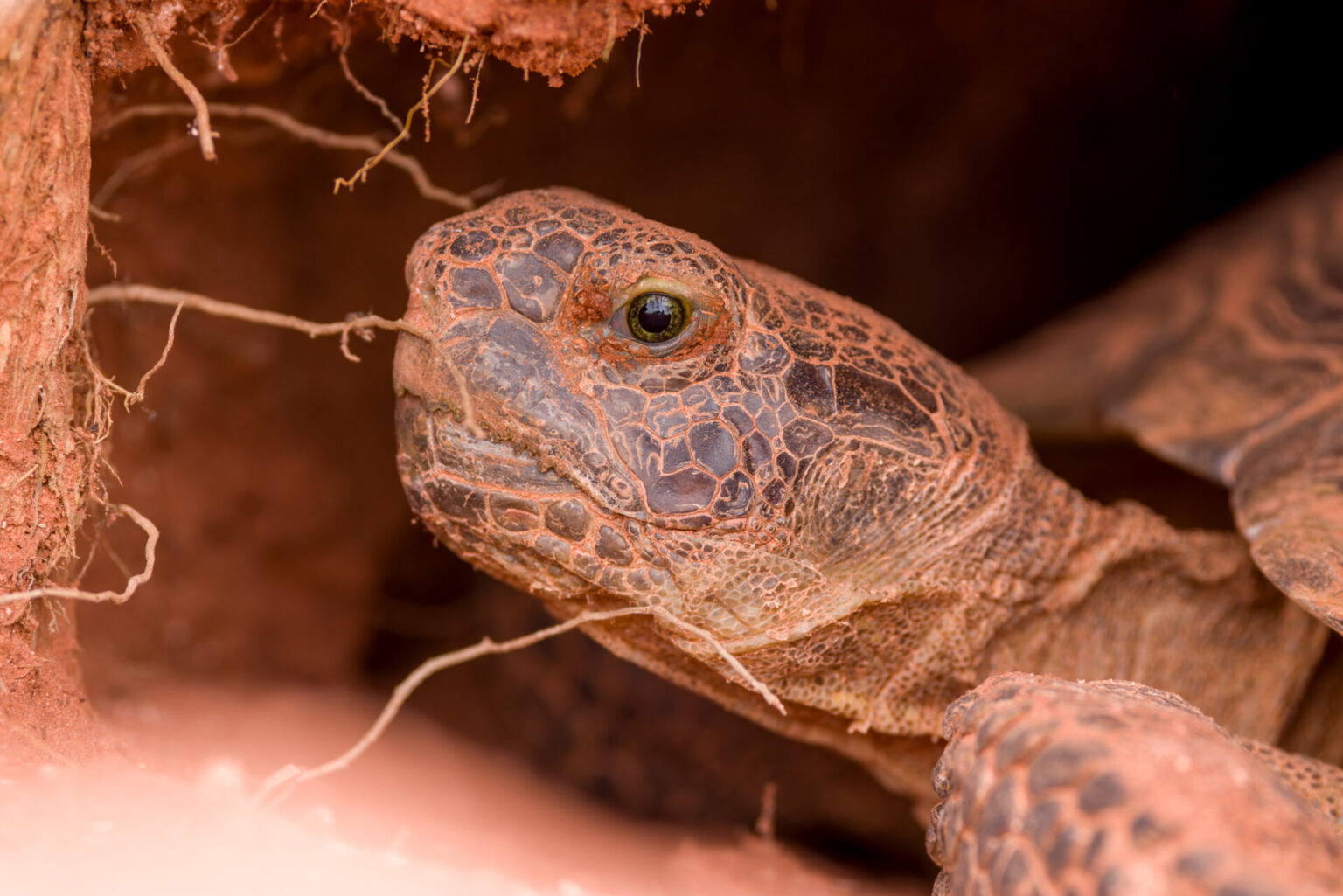
A Jack Rabbit also seeks shelter from the sun by lying under a bush when it gets hot.
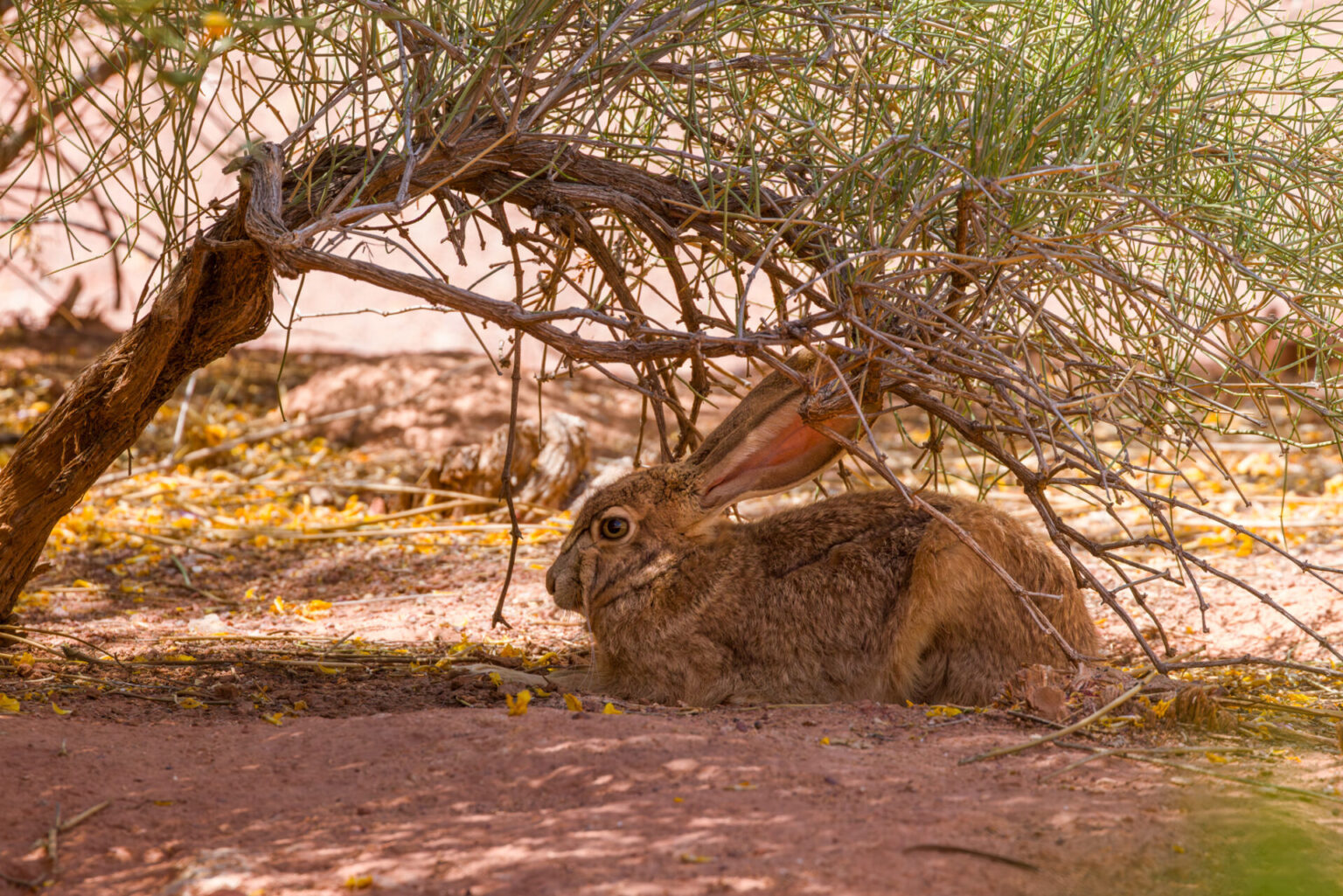
By mid-June, daytime temperatures have climbed over 100 degrees. For the summer, animals will need to find shelter in their burrows during the day to keep cool and only come out from dusk to dawn. Just like our furry, feathery, and scaly friends, humans will have to stay out of the heat in our burrows as well. Stay cool everyone!
Note: All photos in this blog post were taken this Spring (2025) in the Red Cliffs Desert Reserve, Snow Canyon State Park, or at my home just outside the Red Cliffs Desert Reserve. And all are copyright Van Strohm.

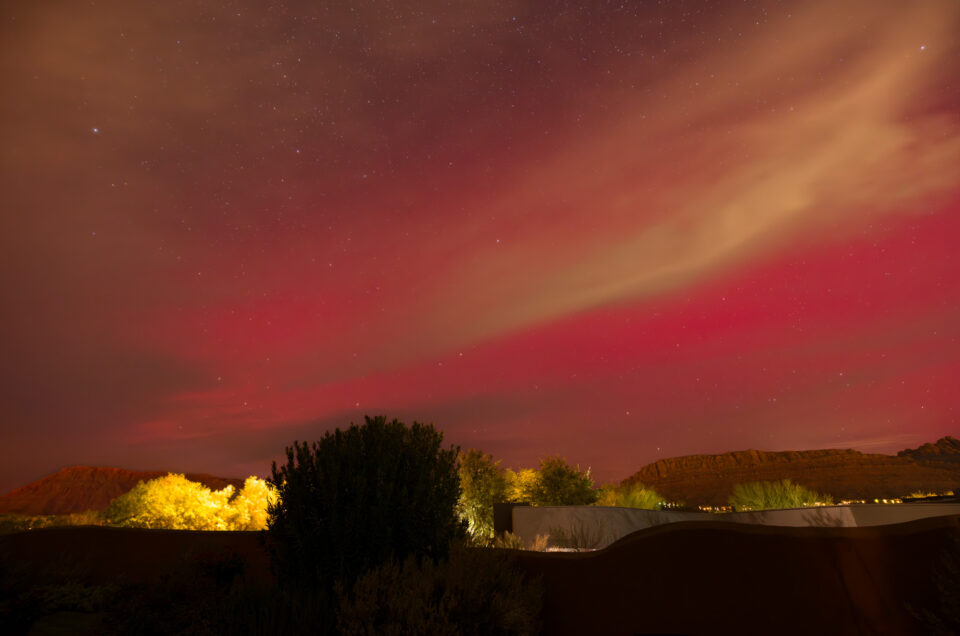
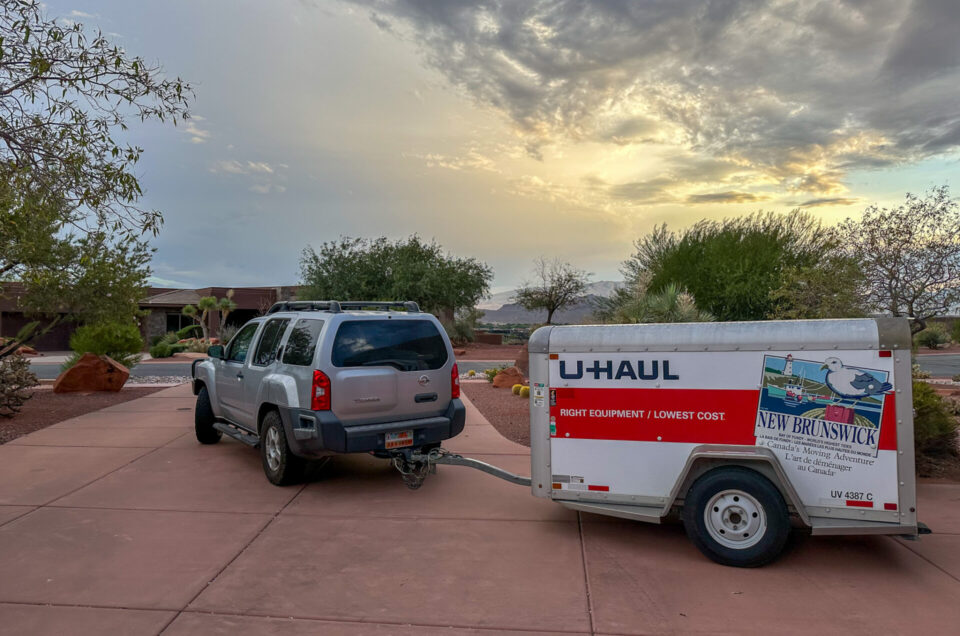
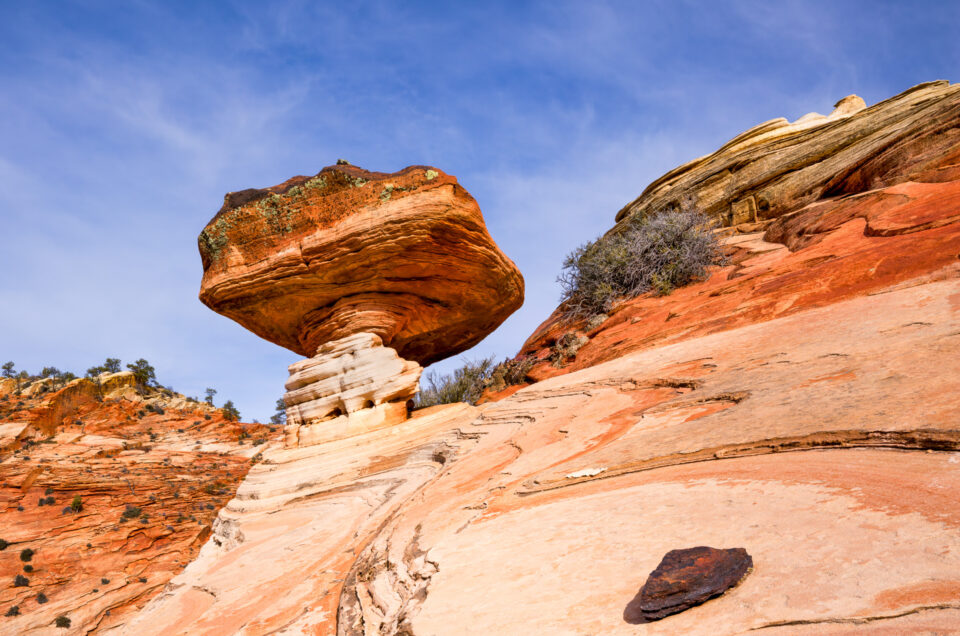
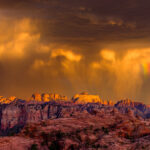
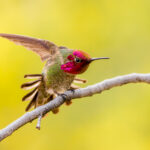
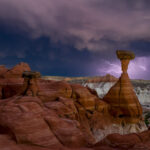

Leave a reply